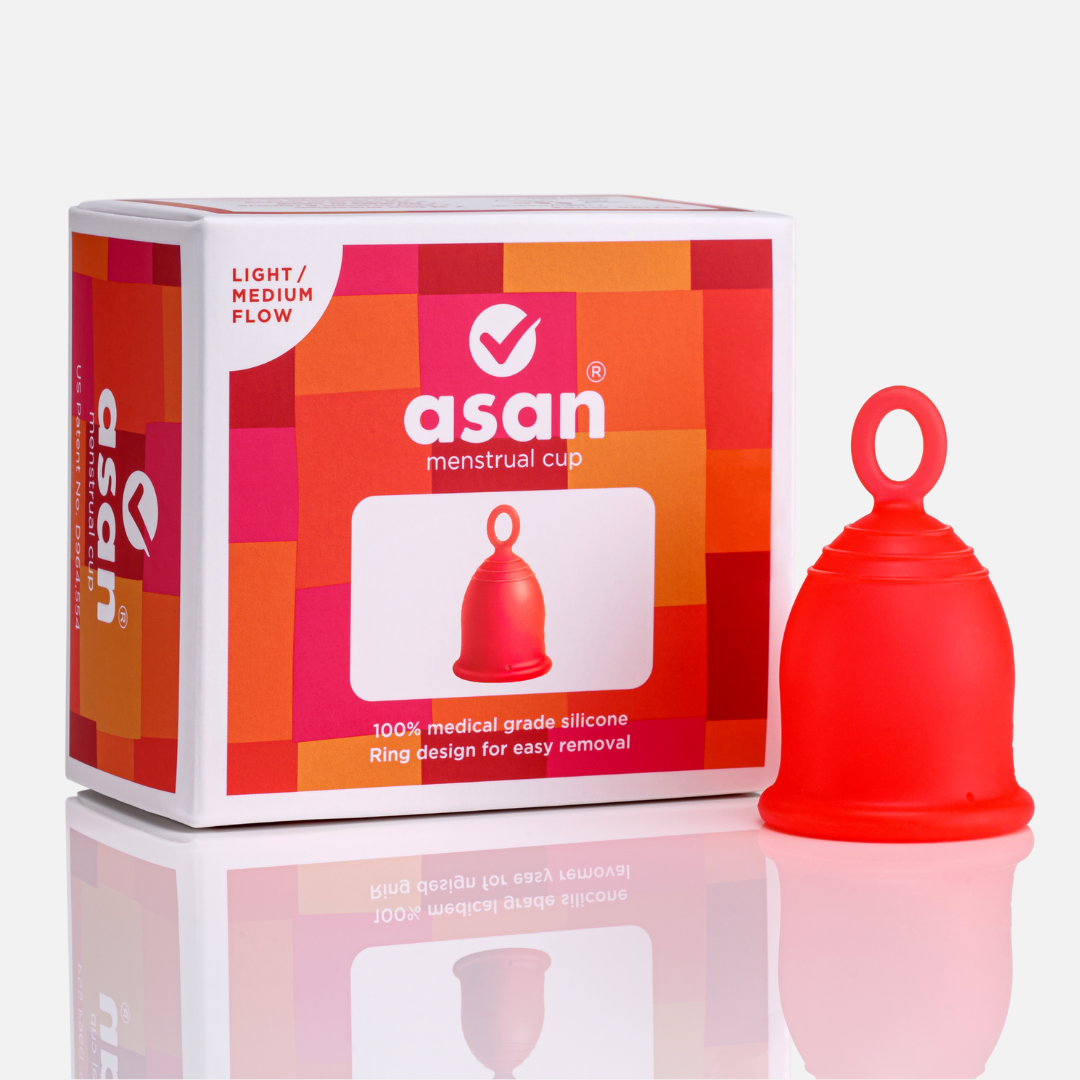
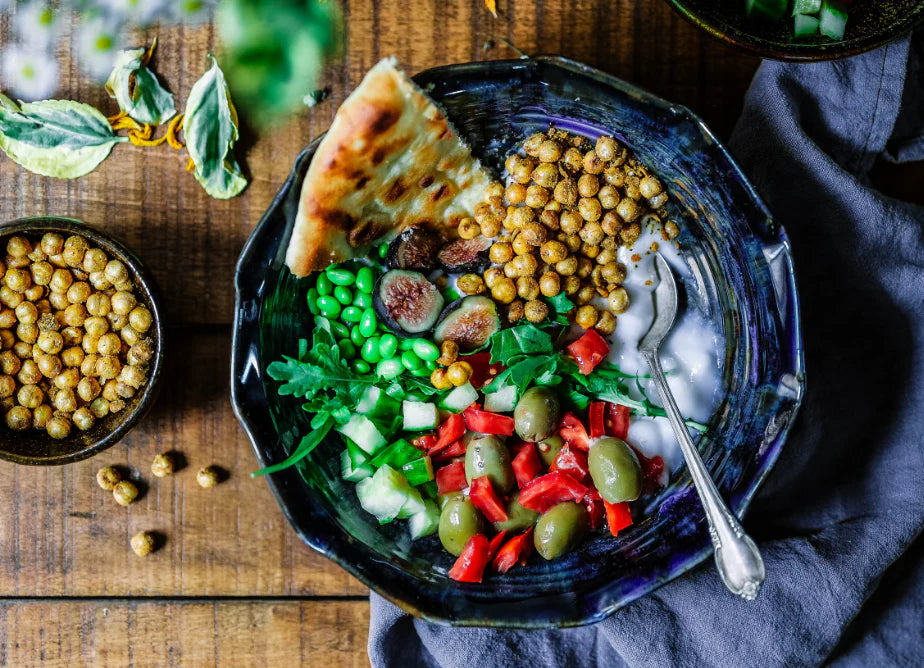
Can your diet really impact the way you experience your period?
The answer is yes – in fact, menstrual cycle nutrition is key to happy and healthy periods! Good nutrition helps alleviate common PMS symptoms such as period cramps, mood swings, bloating, fatigue, and even stress.
In this blog, we’ve made period nutrition easy for you by listing six foods that you should definitely include in your menstrual diet.
Ginger
If you experience painful period cramps, here’s a home remedy that will change your life!
Ginger is an excellent ingredient to add to your cramp-relief meals because it contains a compound called gingerol, which has both antioxidant and anti-inflammatory properties. In fact, studies have found that ginger is as effective as some over-the-counter medicines such as ibuprofen, and can help provide period pain relief through diet.
During your period, the prostaglandin hormone causes uterine muscles to contract, which leads to inflammation and pain. This can cause discomfort, bloating, headaches, and nausea, which can be controlled by having an anti-inflammatory period diet.
The most effective way to eat ginger is in its raw form or grated into a tea. There are several herbal teas for menstrual relief that include ginger and can provide you comfort during this time.


Watermelon
Hydration during menstruation is extremely important in order to maintain a healthy fluid balance amidst the loss of blood and water from the body.
Watermelon not only has high water and potassium content, but is also rich in antioxidants such as Vitamin C and lycopene. It can be seen as one of the best menstrual bloating remedies and can also help prevent headaches, fatigue and stress.
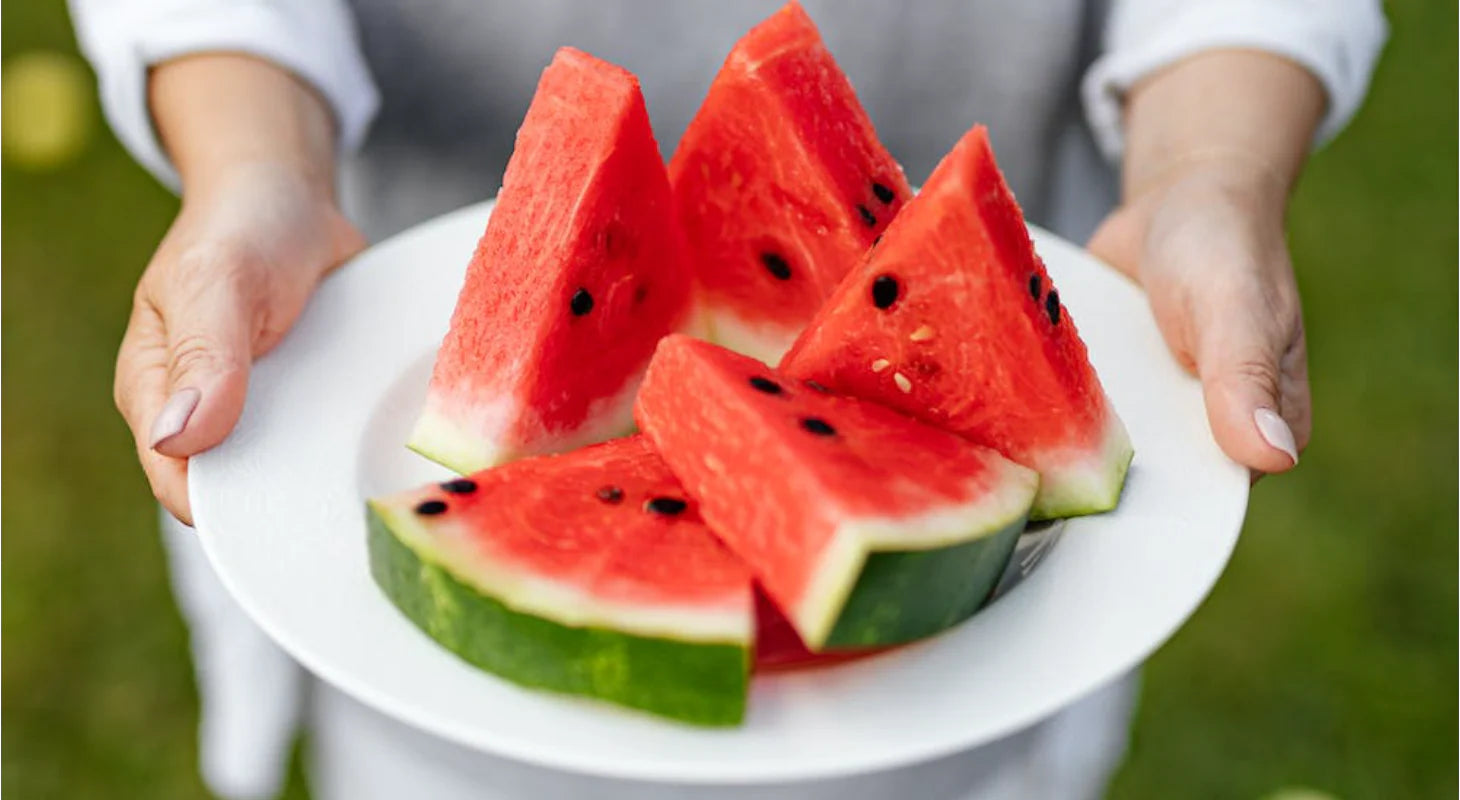
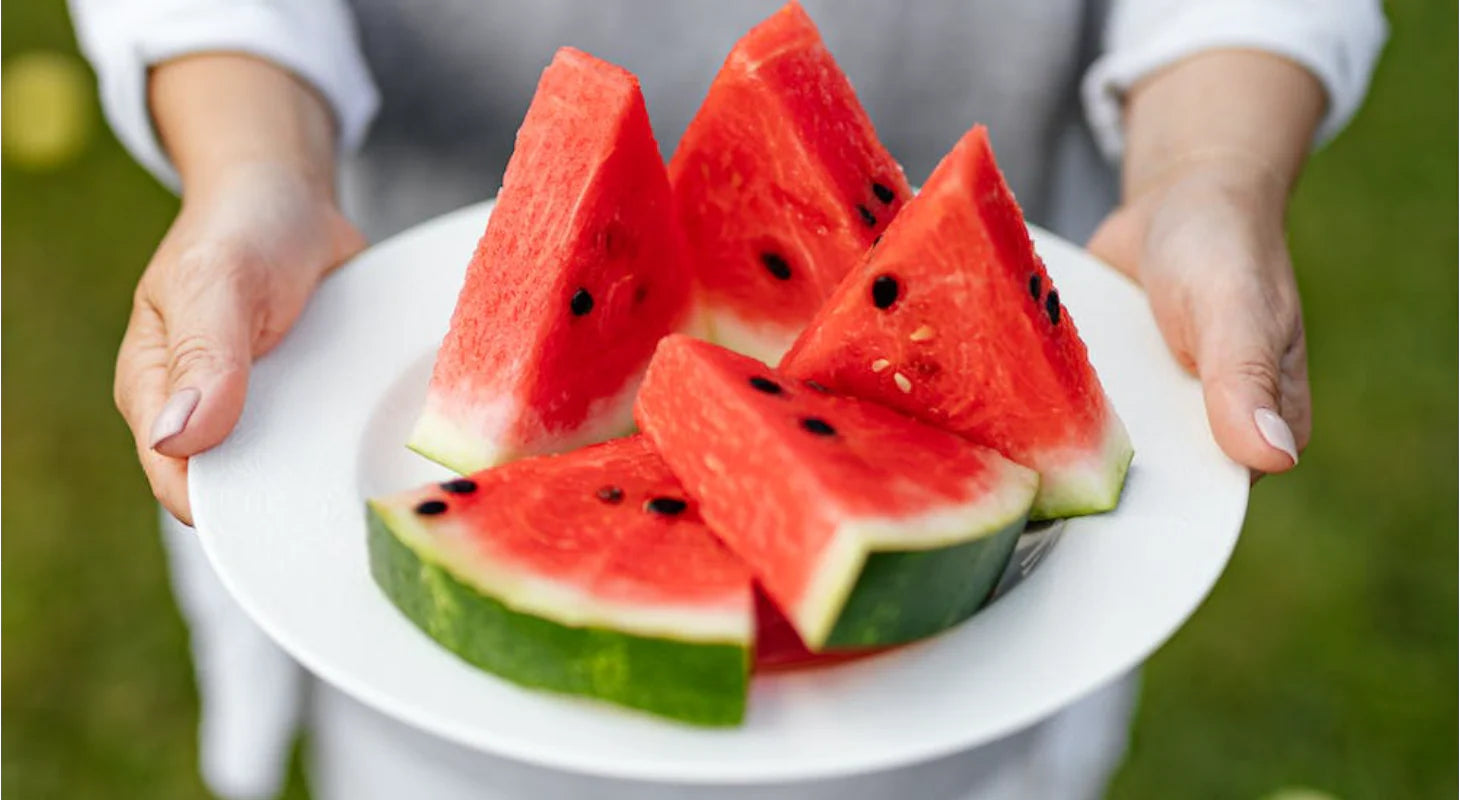
Yoghurt
During your period, your body tends to produce high levels of oestrogen which causes common PMS symptoms, and you need to keep hormone-balancing nutrition in mind.
Including yoghurt to your PMS symptom relief recipes can be an effective way of managing your body’s nutritional needs during this time. It contains calcium for period cramps, probiotic bacteria for digestive symptoms, and is one of the best menstrual snacks for energy.
Eating yoghurt on your period also nourishes the “good” bacteria in your vagina, preventing yeast and other vaginal infections.
If you’re looking for some period-friendly foods or period comfort foods, you can always go for your favourite flavour of greek yoghurt! It’s quick, delicious, and when paired with healthy carbohydrates like fruit, it is also a great energy booster.

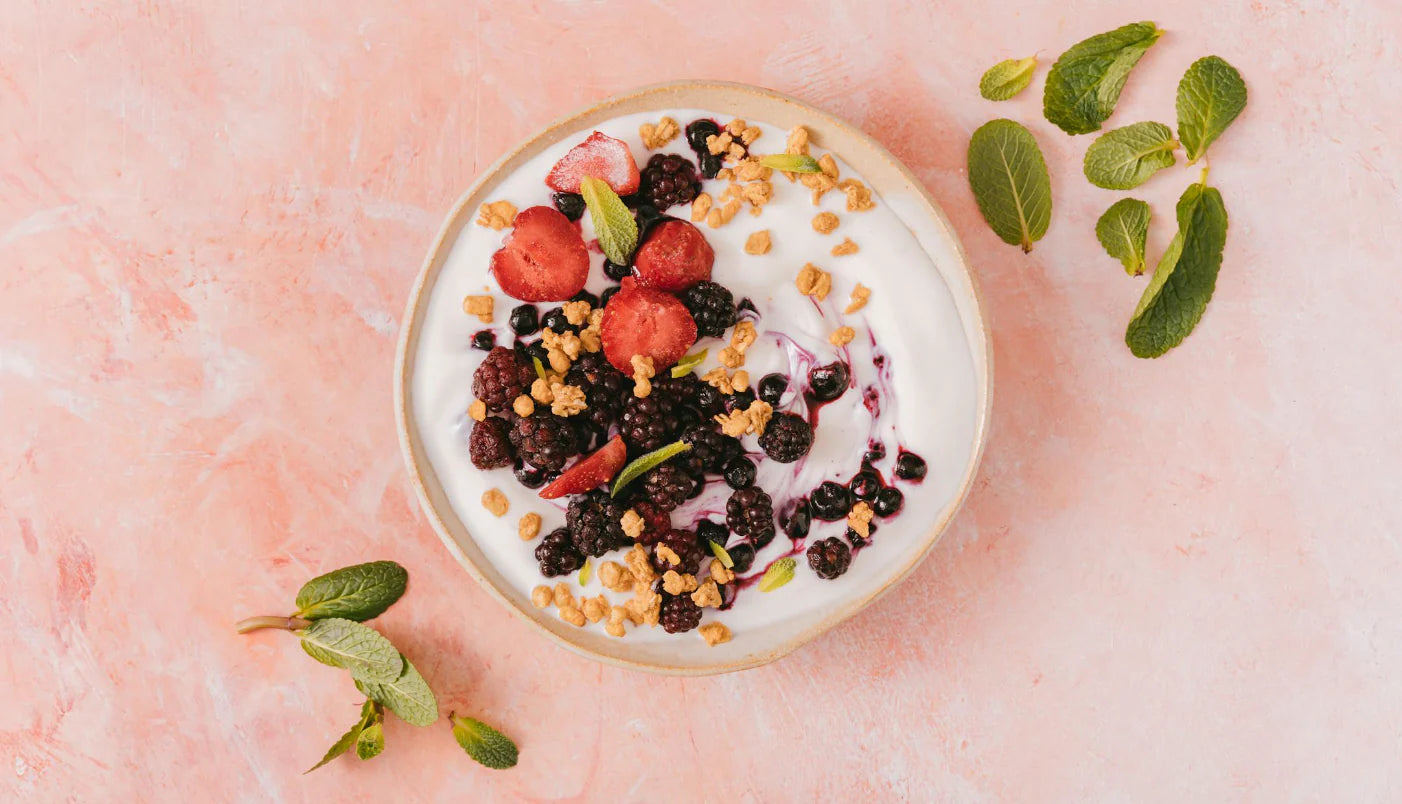
Lentils
Lentils are a perfect addition to your menstrual diet as they are a source of fibre, protein and iron, which all help in maintaining hormone levels during your period.
During your period, you lose a lot of iron through blood and it’s important to balance that by making sure you’re having an iron-rich menstruation diet.
Eating lentils during your period will help replenish iron, and other essential nutrients such as magnesium, potassium, and zinc and in turn prevent fatigue and weakness. They’re also great for anaemia prevention during periods.
As a complex carbohydrate, lentils also help boost energy levels and prevent unhealthy cravings. In addition to the usual lentil recipes, you can add a hearty lentil soup to the list of comforting soups for menstruation.
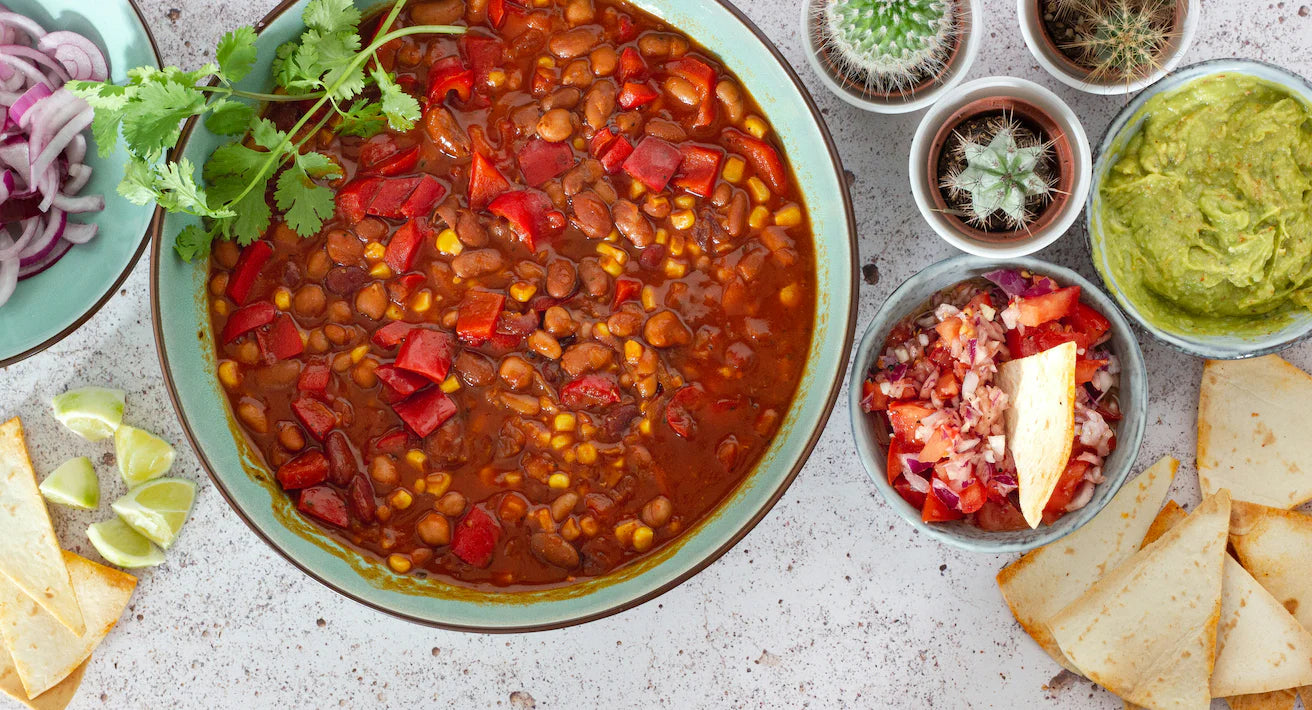
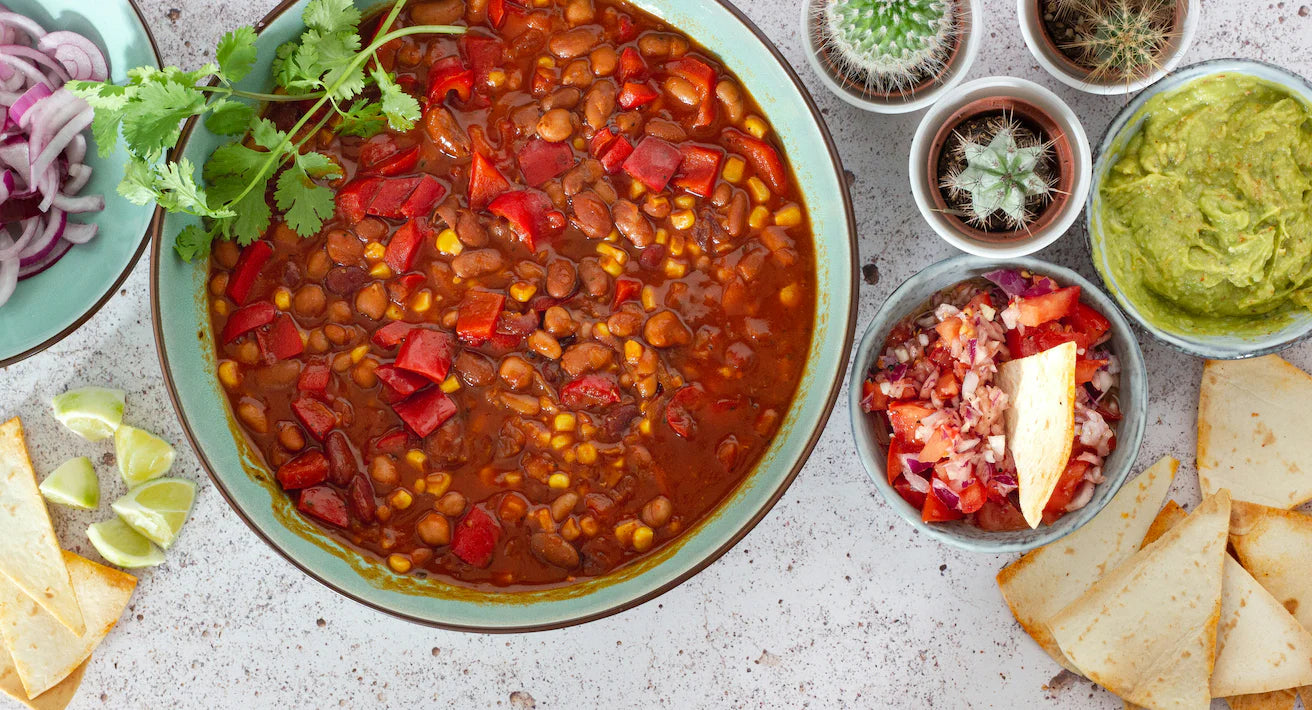
Saffron
Known as “sunshine spice,” saffron has antispasmodic properties which eases your menstrual flow and helps relieve cramps during periods.
It is one of the best nourishing foods for period health as it has been proven to help boost the flow of oxygen to the uterus. It is also a great mood-boosting period food because it helps increase serotonin levels and control mood swings.
The best way to consume saffron is by mixing a small amount in milk or water and drinking it just before or during your period.
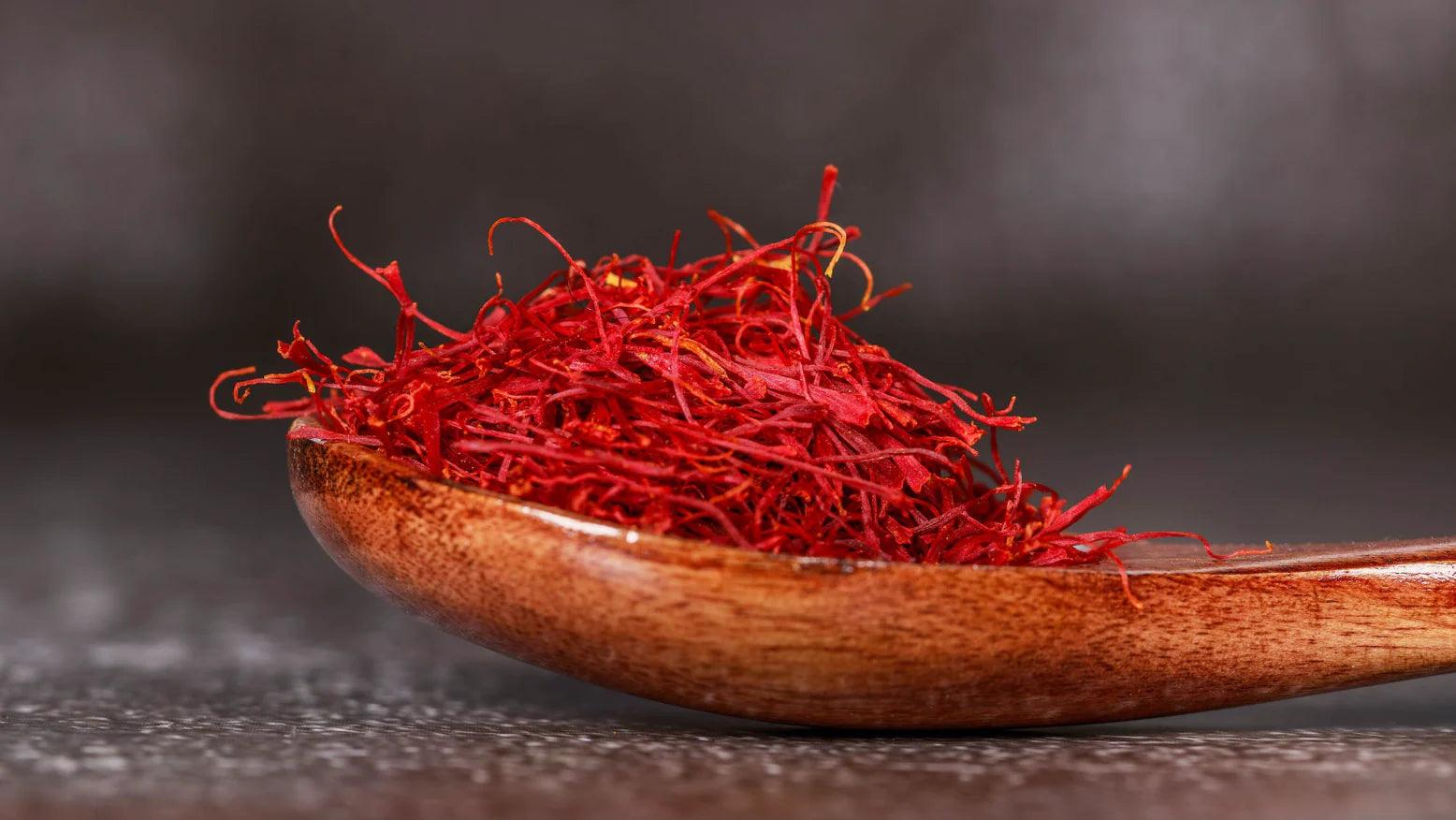

Leafy greens
Menstruation and dark leafy greens are an excellent combination! They contain iron, calcium, magnesium, and vitamin K making them essential for nutrient-rich period meals.
Some examples of menstrual cycle superfoods include leafy greens such as spinach, kale, and collard greens. You can especially have spinach to also get omega-3 fatty acids for PMS symptoms. Not only do they all have a high protein content, but are also great sources of fibre intake for menstruation. They help balance stress, fatigue, period pain, and reduce cravings.
Leafy greens are most effective when eaten raw, which can be done best in different salad forms.
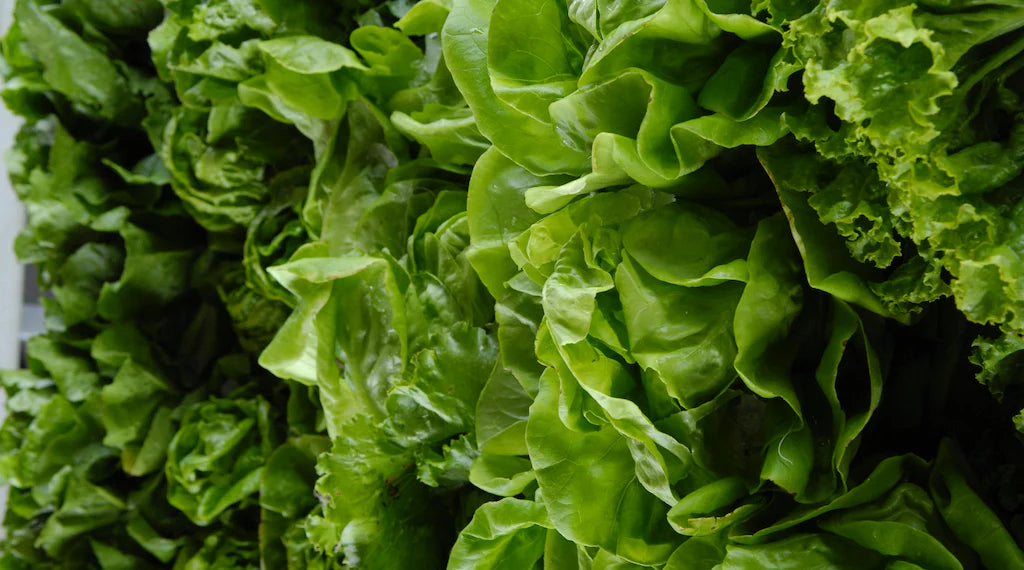
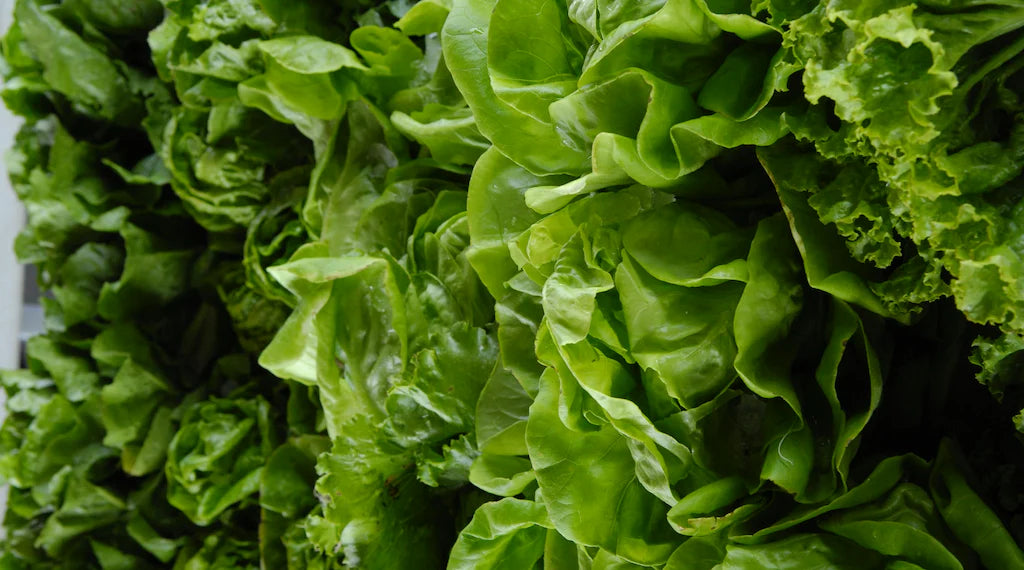
Want to learn more about nutrition and periods? Read our detailed blog on the way in which your diet interacts with your menstrual cycle!
Want to start your cup journey too? Shop now.
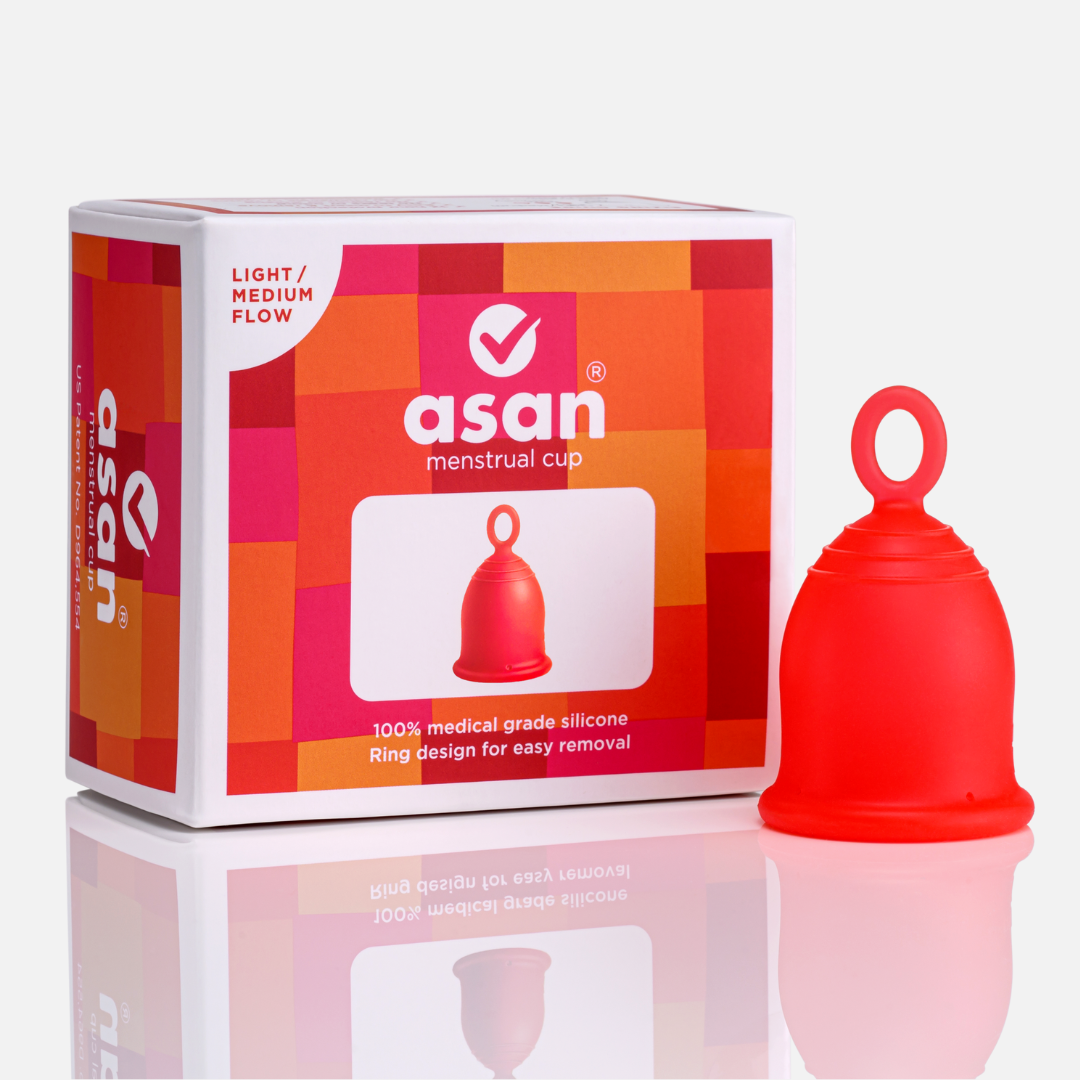
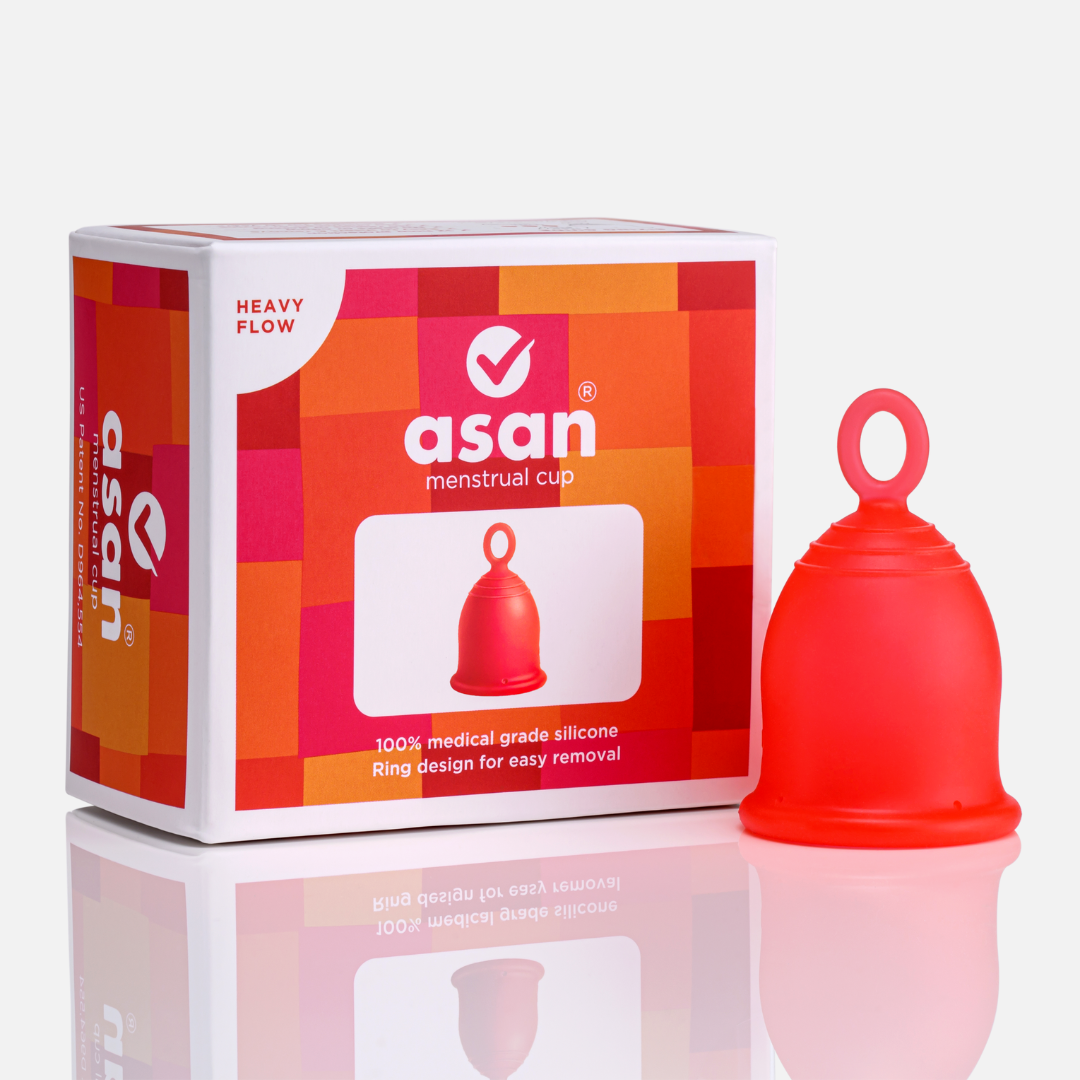
Asan Menstrual Cup
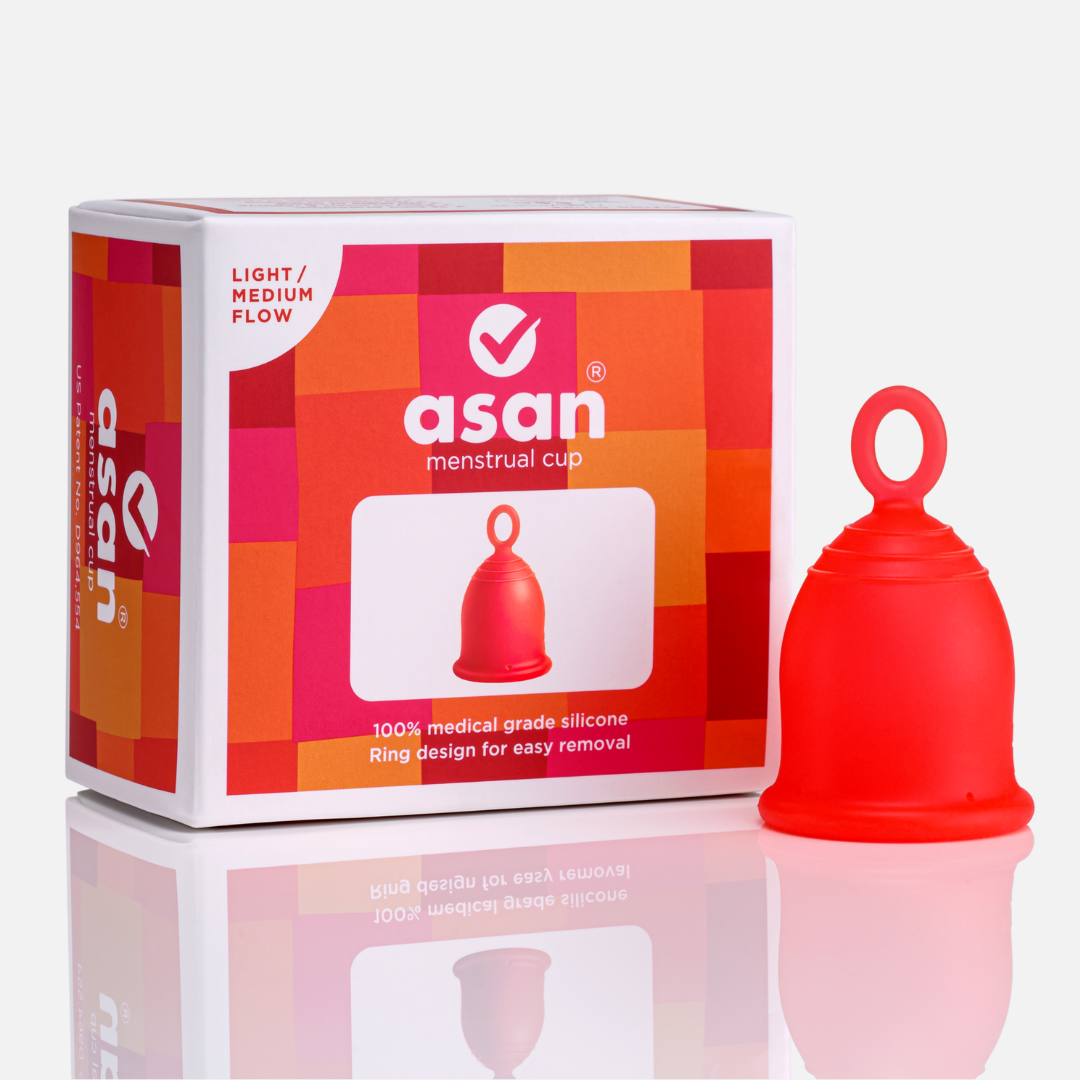




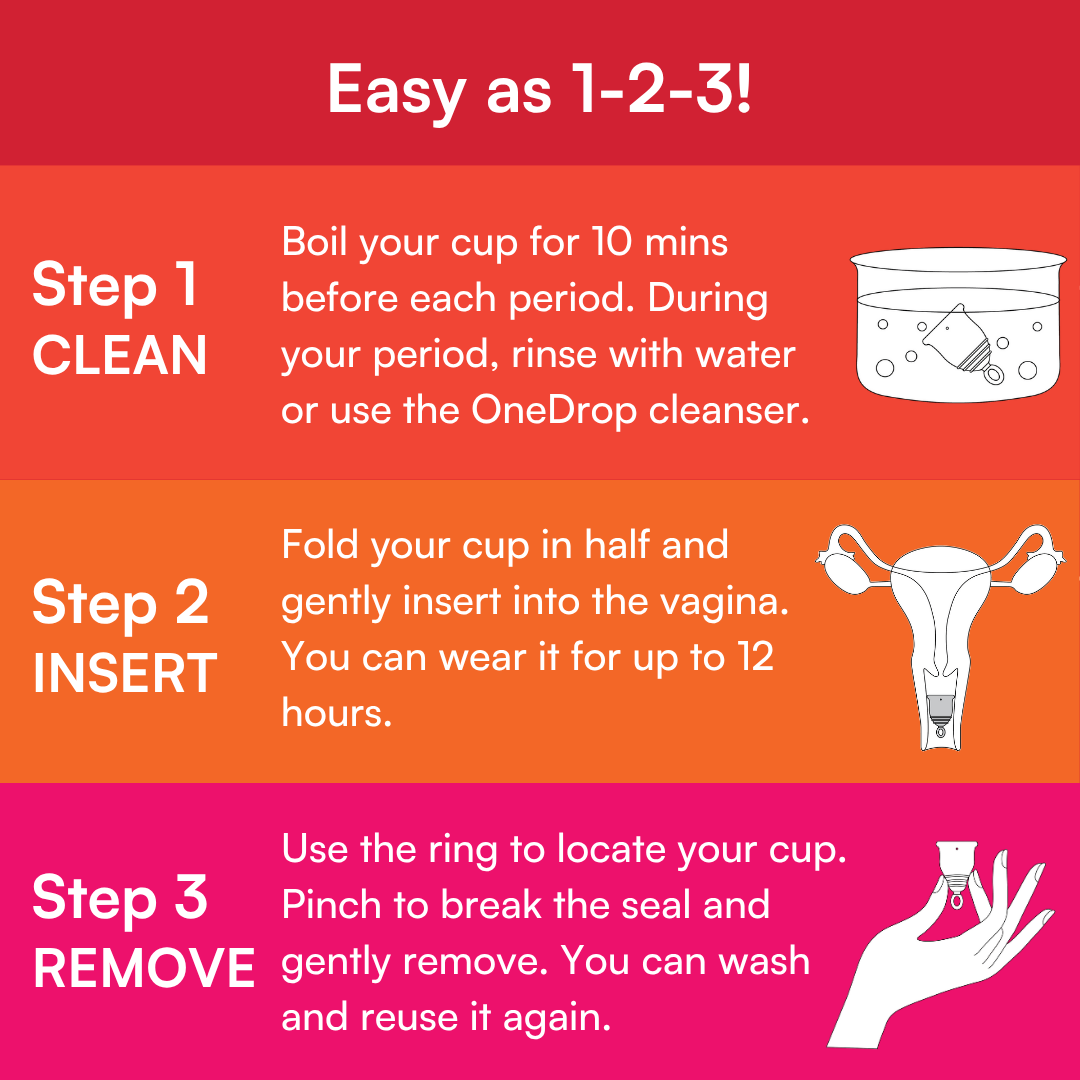


More Posts
View all-

Are you supposed to free bleed in period underwear?
From comfort and sustainability to heavy flow protection, Asan’s period underwear is designed to make free bleeding feel effortless. Whether you wear it alone, overnight, or before your period starts,...
Are you supposed to free bleed in period underwear?
From comfort and sustainability to heavy flow protection, Asan’s period underwear is designed to make free bleeding feel effortless. Whether you wear it alone, overnight, or before your period starts,...
-

Can you get your period if you’re pregnant?
Many people wonder if you can still get your period while pregnant. The short answer is no, but light bleeding or spotting can happen for other reasons. This blog breaks...
Can you get your period if you’re pregnant?
Many people wonder if you can still get your period while pregnant. The short answer is no, but light bleeding or spotting can happen for other reasons. This blog breaks...
-

Top 5 features for period underwear
This guide breaks down the five most important features to look for including fabric, fit, and safety certifications, so you can find a pair that’s comfortable, leak-proof, and long-lasting.
Top 5 features for period underwear
This guide breaks down the five most important features to look for including fabric, fit, and safety certifications, so you can find a pair that’s comfortable, leak-proof, and long-lasting.
-

